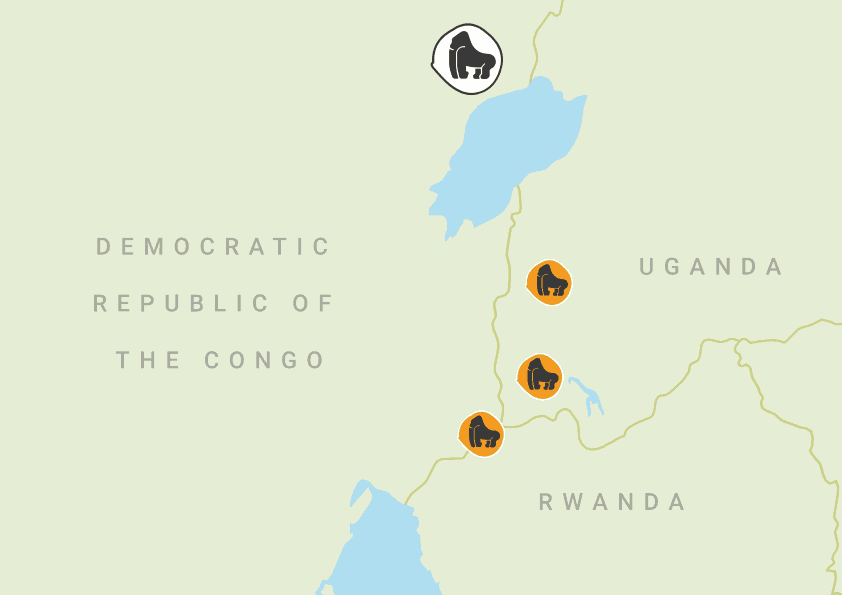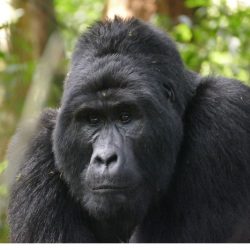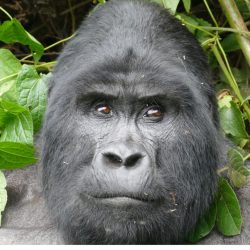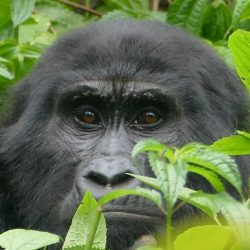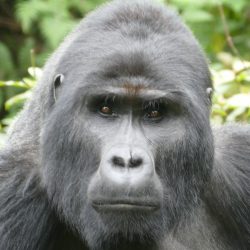BARAKA
19 MEMBERS: LAST UPDATED 22/02/2022
Baraka group is a new group in Virunga National Park. Baraka group is found in Gikereri area and is led by the dominant Silverback Baraka. Baraka group is in the final stages of its habituation and has already been opened for tourism. So far, Baraka group is composed of about 19 individuals. Since it is a new group, identification of the individuals to know their exact number and class has been on-going since February 2020.

